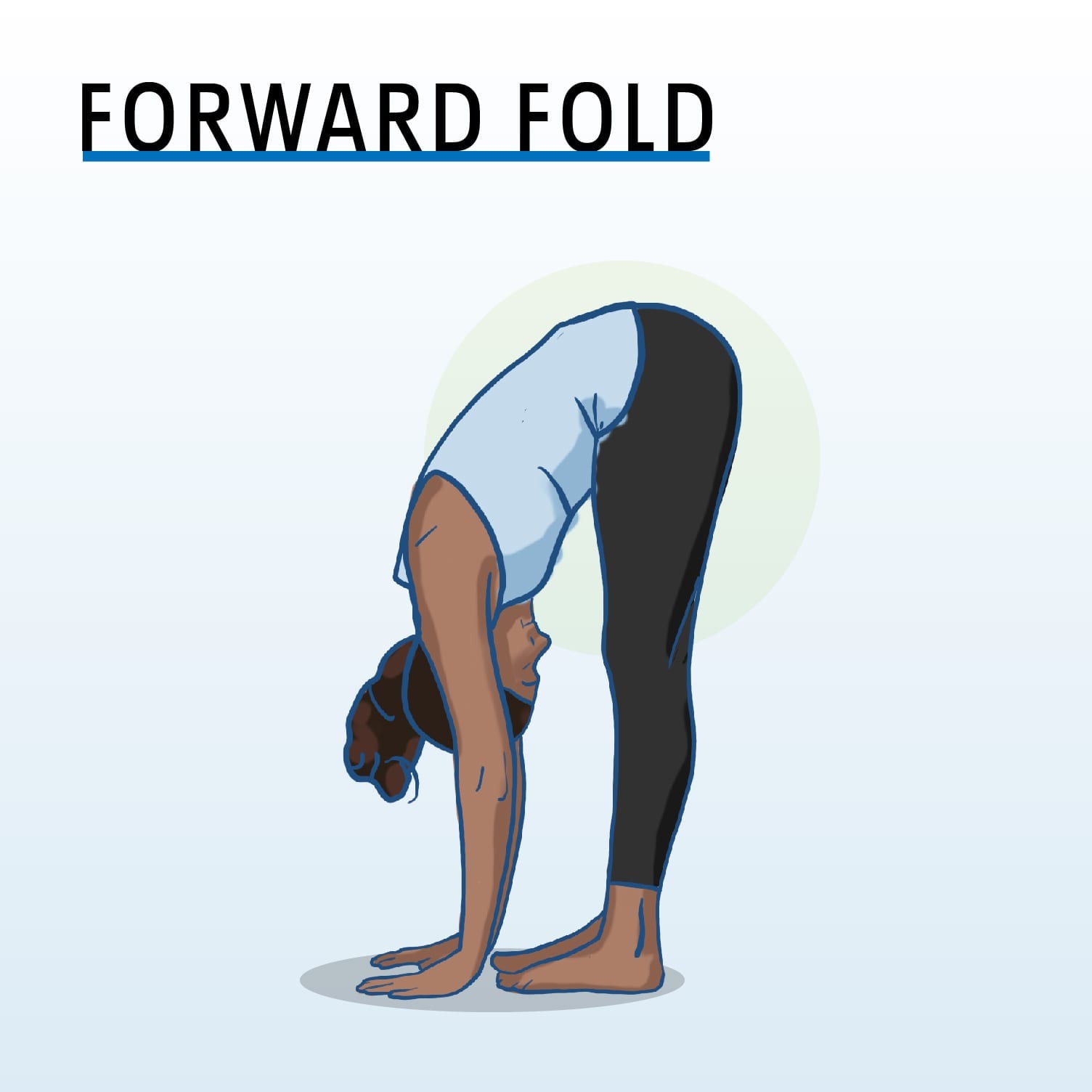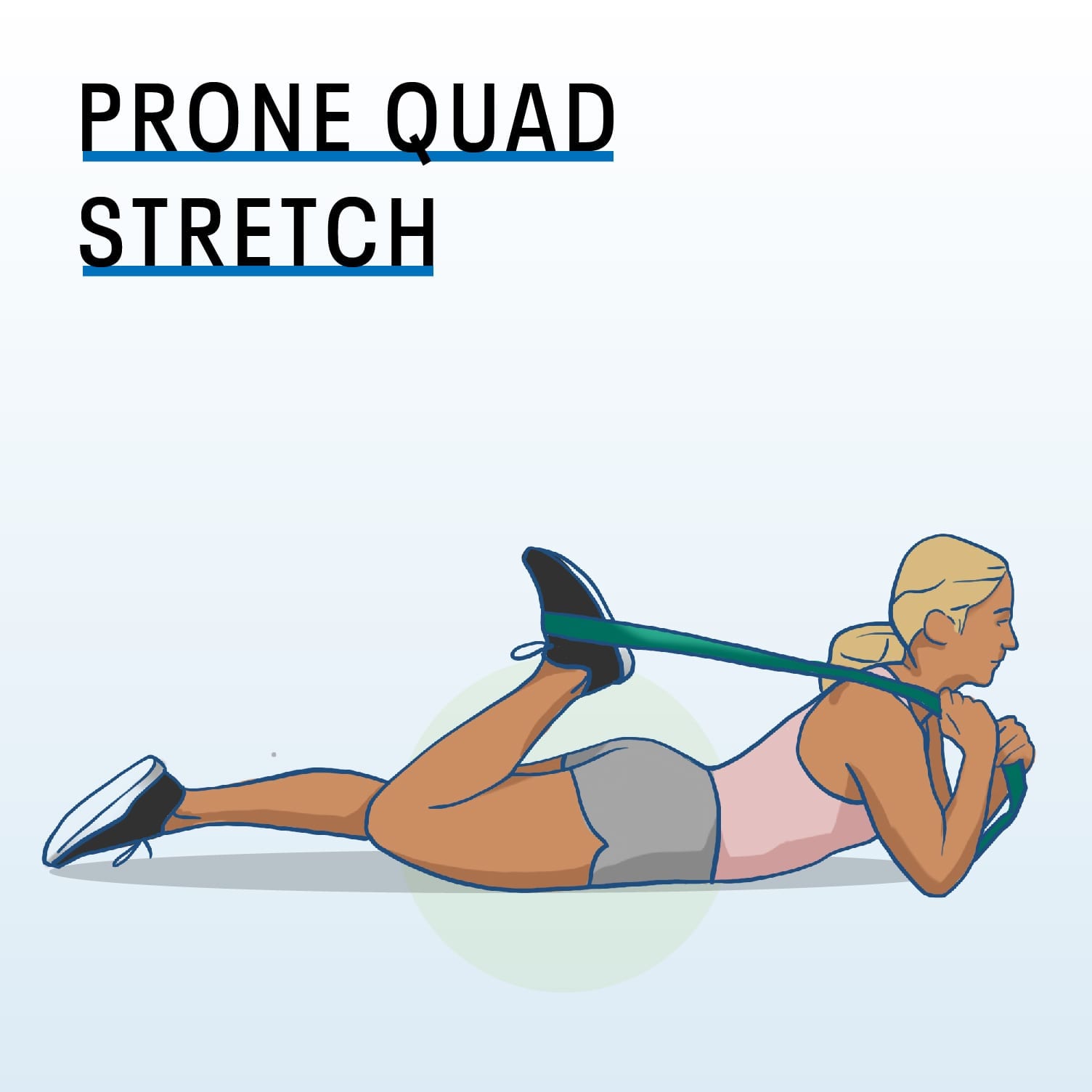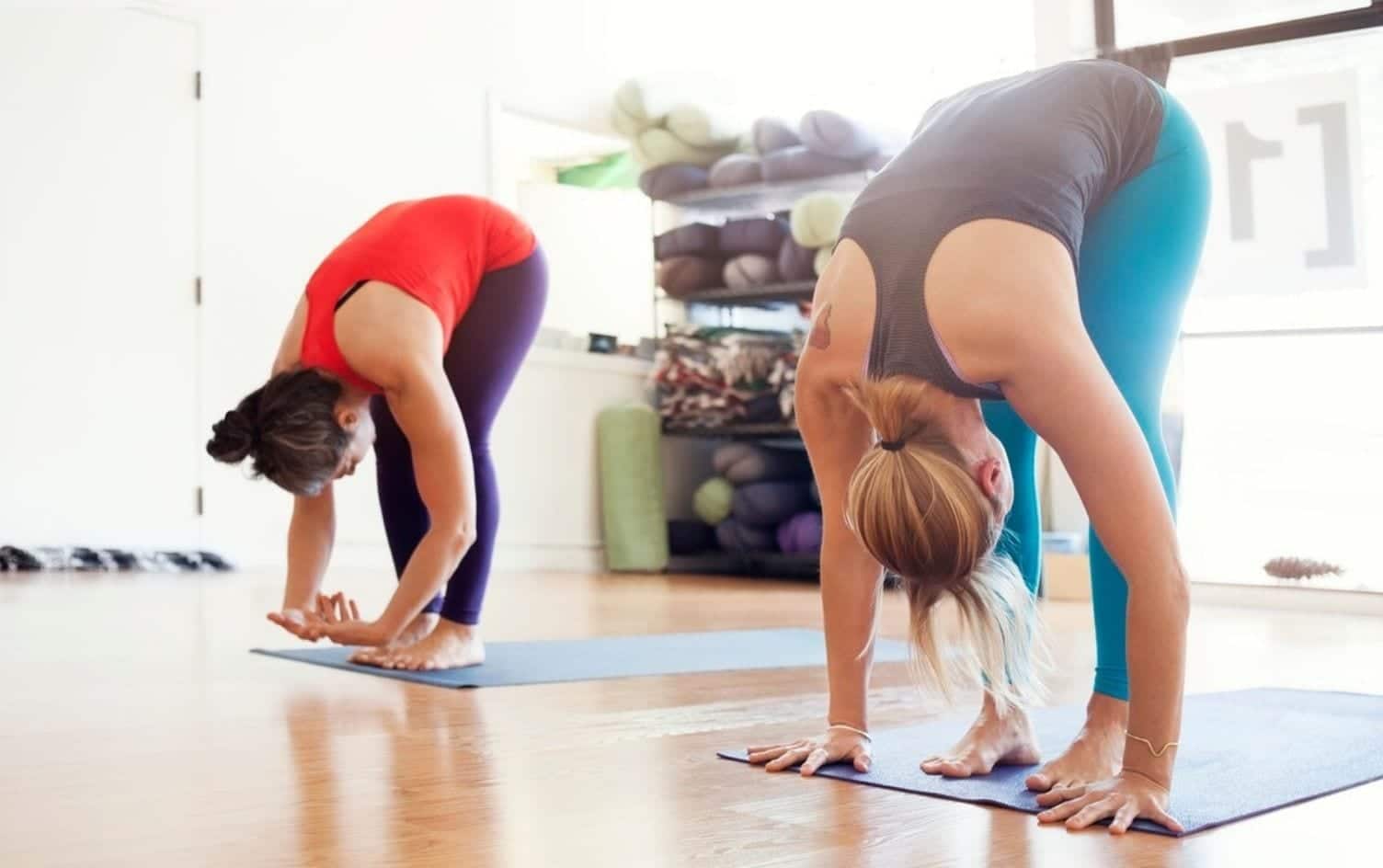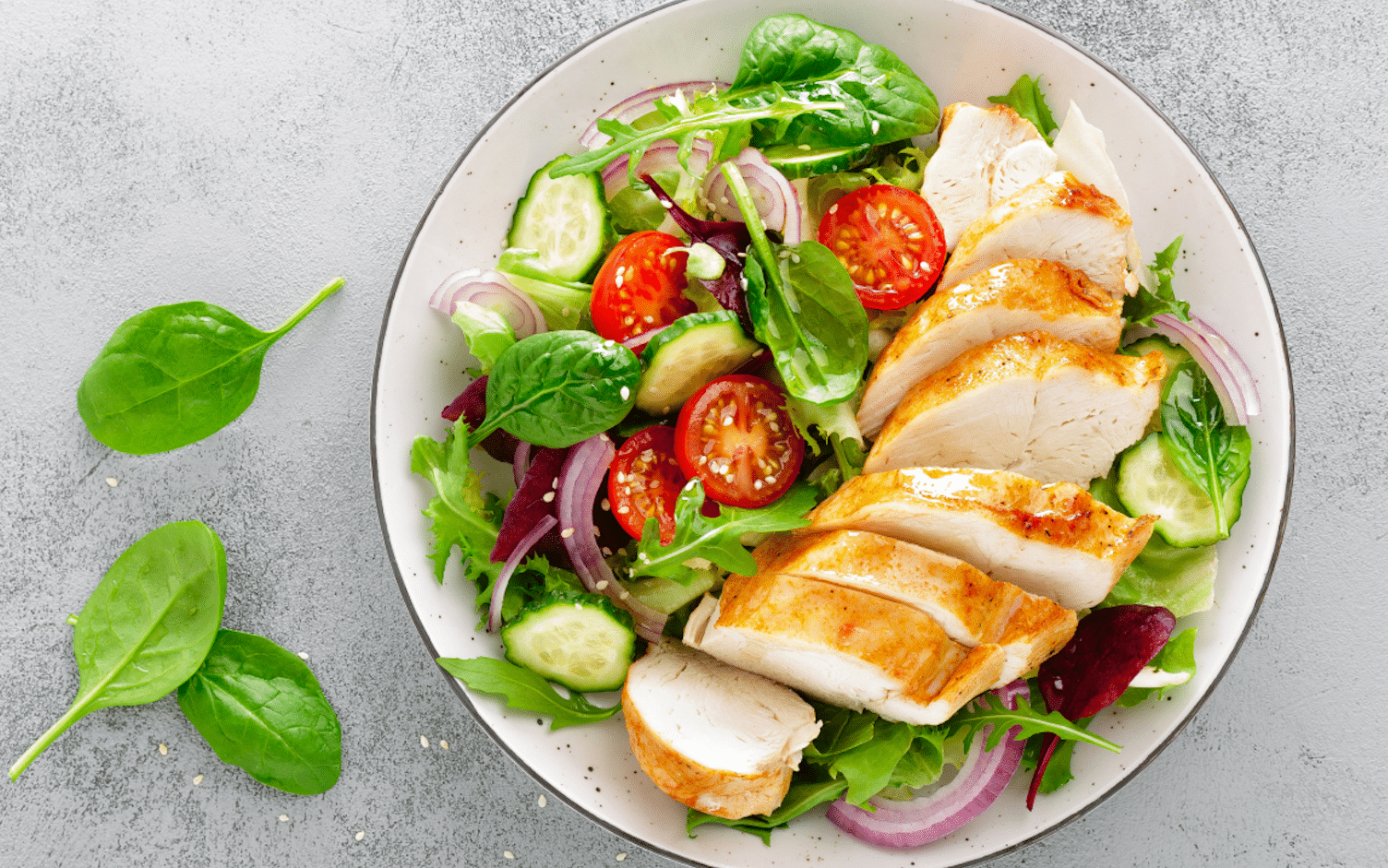Stretching is a proven way to release tight muscles, increase range of motion and boost your recovery. It also just feels good. But there’s a new reason to stretch that goes beyond lengthening your muscles and preventing injury.
THE RESEARCH
A recent study published in the Journal of Physiology found simple passive stretching can improve cardiovascular health. To conduct the study, researchers from the University of Milan assigned participants to two groups. The experimental group performed leg stretches five times per week for 12 weeks, while the control group did not stretch. Researchers then evaluated the effects of stretching on blood flow, blood pressure and arterial stiffness locally in the thigh, knee, and upper arm.
They found the arteries in each location showed increased blood flow, dilation and decreased stiffness. The effects were greatest in the legs, but they carried up the body into the brachial artery of the upper arm, displaying that stretching can positively impact health throughout the body. Blood flow and vascular function are important markers of cardiovascular health and comorbidities, such as stroke and diabetes. So, stretching may be an easy, drug-free option for improving cardiovascular health.
The effects were measured again six weeks after completion of the stretching regimen. By then, vascular function had returned to normal, so to get the most benefits out of the exercise, it’s best to keep stretching regularly.
The doctors stressed that stretching is not a direct replacement for cardiovascular exercise, however. You should still elevate your heart rate through traditional cardio workouts if you’re able to, and stretching should be a complement to your exercise routine. But it may be particularly impactful for people who are injured or cannot perform more vigorous exercise due to health conditions or age.
In a statement, Emiliano Ce, one of the study authors, said: “This new application of stretching is especially relevant in the current pandemic period of increased confinement to our homes, where the possibility of performing beneficial training to improve and prevent heart disease, stroke and other conditions is limited.”
PASSIVE STRETCHING
The study focused specifically on passive stretches, which require an external force like gravity, another person or equipment to apply force to complete the stretch. Active stretching, on the other hand, is when you use the strength of one muscle group to stretch the opposing group.
Below are three examples of passive leg stretches you can try for yourself, each supplied by Matthew Martin, certified personal trainer.

A forward fold uses gravity to pull the body down toward the ground, stretching the back of your legs, says Martin. It can be completed while standing or seated.

Lie on your back with your legs straight. Bring one leg up to 90 degrees, and loop a towel or band around your foot. Pull the leg back into your body to feel a stretch in the hamstring and calf. This stretch can also be performed with the assistance of a partner. In that case, have them hold your ankle and gently push it toward your chest as you keep your leg straight.

Lie on your stomach. Have a partner gently raise your foot off the ground, bringing your heel toward the same-side glute while keeping your quad flat on the ground. This can also be performed by looping a band around your foot and holding that band in your hand up near your head. A shorter, stronger band intensifies the stretch.
Unlock an experience that’s like having a dietitian, trainer and coach at your fingertips. Sign up for Premium for expert guidance and tools to help you reach your personal health goals.




